In 2013, counterfeit goods worldwide accounted for $461 billion. Nike is the most counterfeited brand globally, and Ray-Ban, Rolex, Supreme, and Louis Vuitton are the most copied brands worldwide. And while some copies look almost identical to the originals, there are slight differences we think you should know about.
At Bright Side, we want you to know how to recognize a fake product and the differences between originals and counterfeits in some of the most popular brands.
1. Nike shoes

\Nike Air sneakers have a texture that counterfeit manufacturers cannot imitate. This is because their materials are different, and so are their devices. Thus, in authentic Nike shoes, you will notice a hardness in the leather that will be missing in the counterfeit ones.
You will also need to examine the symmetry of the sneakers. If something looks asymmetrical, then it may be a counterfeit product.
2. Ray-Bans

- Authentic Ray-Ban lenses with plastic frames are made in one whole piece. If it’s a metal frame, then the central part must look neat and can have small details but no protruding points.
- Most often, the lenses are made of real glass, but some can be made of plastic. To know if yours is one of them, go to the manufacturer’s official website.
- In the upper right corner of the right lens, you can find the inscription of the Ray-Ban logo. It is engraved on the surface of the lens, so it is impossible to erase it.
- On the outside of the temples, there should also be an inscription detailing the manufacturer. In addition, the item’s serial number is usually on the left side and the country of manufacture on the right side.
3. Fila shoes

- If you look at the letter “F” on your Fila shoes, you will notice that there is some irregularity in the stitching. This is perfectly normal on all original Fila shoes. What is not normal is for the letter “F” to be really sharp on the top two edges. On the fake shoes, these edges almost touch the square surrounding the logo, which should not be the case.
- Next, look at the details of the toe cap, especially the holes in the front. There should be the same distance between each hole, but if not, you probably bought a fake pair of sneakers.
- In addition, the heel logo may be completely different. On the original sneakers, that logo is the same as the one on the tongue.
4. Burberry scarf

- The authentic scarf always has well-defined lines and a dense texture.
- The fringe yarns in a scarf should be well rolled and spaced apart, they do not fall apart when touched.
- The brand name on the label attached to the article must be written in capital letters. Also, the label must contain information about the country of manufacture and the composition of the scarf.
5. Gucci handbags

- First, you should examine the two “G’s” on the front of your bag. The serifs of the G’s should be long and sleek looking and not thick. Also, the rounded part of the G should be a perfect oval and not pointed. If the logo looks blurry, it is probably fake.
- Look closely at the stitching, as a genuine Gucci bag will have even stitching. If the stitching on your bag looks uneven in places or is a different color than the bag itself, then you should assume it is a counterfeit.
6. Supreme sweatshirt

- On the collar of this brand’s hooded and non-hooded sweatshirts, there are two dark red labels. On the first, larger, is written the name of the brand with the letter R in a circle. On the second, you’ll find the country of manufacture: Canada. There should be a recommendation not to iron the item on the inner label, where you can find the care instructions. Manufacturers of replicas often forget this detail.
- On sweatshirts with embroidered logos, the location of the letters on the red part should be uniform, and the distance between the two should be adequate. If you turn the authentic sweatshirt inside out, you will see a fine mesh of white threads on the back of the logo.
- Supreme complements the hoods of its sweatshirts only with flat laces, which are carefully tied at the ends. Round laces, burned at the ends, or laces with different types of terminations are a sign of counterfeiting.
7. Adidas Yeezy tennis shoes

- First, you have to check the wave pattern on the original Yeezy, which should be sideways with irregular wave prints.
- Next, you can check the tongue of the sneakers. The original Yeezy’s tongues are more curved, while the fake ones look much straighter.
- Check the inside of the shoes and see if the Adidas icon is the same size on each shoe. On some occasions, you may notice that their size differs.
- The stitching on the inside should also be checked, as it may look suspiciously amateurish.
8. New Balance sneakers

- New Balance sneakers have brand symbols on the back, tongue, the side of the sneaker, and the side of the sole, on the sole itself, and the insoles. The logo in the shape of the letter N on the side of the sneaker is made in the form of a patch.
- The original slippers have a soft sole, made of foam material, easily compresses and quickly returns to their original state. The sole protector is made of rubber. The insoles of authentic New Balance shoes have a perforation, logo, size, and information about the model.
9. Toms espadrilles

- The first thing to check is the insoles of your espadrilles. If they can be removed, your footwear is likely fake, as the original insoles are sewn to the bottom.
- Next, you can check the back of the espadrille to look at the logo. The letters of the original brand are perfectly balanced and square. However, the letters of the fake brand are pointed and unbalanced (note the odd shape of the letter “O”). Also, the stitching around the label appears thicker on the fake ones.
- You can also check the sides of the shoes to see if any glue is discernible. A reputable brand would never allow something like this, but a copy would probably have glue all over it.
10. Michael Kors Handbag

- For its bags, the brand uses only cream-colored labels containing the primary information about the product: serial number, shade, material, parameters, the price in USD, and a unique bar code.
- All parts of the original bags are engraved with the brand name. It is applied to magnetic clips, handle rings, clasps, carabiners, and fasteners.
- The brand’s authentic bags are made from a dense material that does not deform even during shipping when the item is packed.
11. Guess handbags

- First of all, fake Guess handbags are not made of leather but are cheaper synthetic material. You can check this by pressing the fabric with your finger. If the wrinkles stay there and do not disappear, it is not genuine leather.
- Next, you need to check the lining of the bag. Original Guess bags have an apparent soft lining, while fake ones sometimes have no lining. And if they do, it is very thin, like a sheet of paper.
- Finally, you can check the metal of the bag. The metal applications of a genuine Guess bag are sturdy and shiny, with a smooth surface. Counterfeiters, on the other hand, use a cheaper material that may appear dull and even have surface marks.
12. Guess watches

- Straps for Guess watches are made of metal, silicone, or natural leather. A lousy product smell, uneven color, cracks, scratches, and wear on the strap indicate that we are dealing with an imitation.
- The back should contain basic information about the watch: a logo with the brand name, the material of the watch body (as a rule, it is steel), and data about the watch mechanism with the engraving Japan Movt (as Guess uses only high-quality Japanese mechanisms).
13. Hermès handbags

- First, check the inside printing of the leather and see how the letters have been printed. The French accent of the letter E should be very elegant and not chopped up, as in the fakes. Also, the letters F and R in the word “France” appear to be glued together, something that would never happen on a genuine Hermès bag.
- Next, you can check the leather strap of the bag and inspect the stitching. On a genuine bag, the stitching looks much more elegant and flawless. In contrast, the stitching on the fake bag is not as elegant and, in some areas, looks thicker than that of the original bag.
14. Lacoste polo

- The Lacoste crocodile is always made with clearly defined details. Its eyes, teeth, legs, and red mouth are clearly visible. The crocodile’s body is bright green, and the tail runs parallel to the back.
- At the base of the polo neck, there is a white label with the logo and a red number indicating the size. In men’s models, it is one number, while in women’s models, it is two.
- An imitation Lacoste polo shirt can be spotted because of a small detail: its buttons. Original Lacoste garments have mother-of-pearl buttons with two holes. They have no inscriptions. Replica manufacturers often forget that, so they use buttons with four holes.
- In the men’s models, at the bottom, on the sides of the polo shirt, there are small openings approximately 1/2 inches deep. In women’s versions, the manufacturer does not make any cuts.
15. Balenciaga shoes

- Balenciaga sneakers have a very recognizable protrusion on the heels. This feature is often missing in counterfeits, as their structure is much weaker.
- Not only that, but the front of the shoe has a much more prominent curve than the originals.
- Also, if you check the back of the shoe, you will notice that the brand name is not well centered. Also, not all the letters are the same size and height, and some appear more significant than others.
16. Pandora bracelet

- The color of the original silver bracelet is a bit dull, not very light or bright. In manufacturing, Pandora uses a blackening technique that gives them this unique tone.
- The new original bracelet keeps its perfect shape and virtually no bending, showing well-defined edges of its striated silver cord.
- The size of the clasp on the original Pandora bracelets is comparable to that of the charms. On the front of the clasp, you can see the engraving of the brand: the word Pandora with a crown above the letter “o.”
- There is a brand-specific fastening in the clasp: a clover in the form of a small screw with four heads that serves to fasten the bracelet securely. In addition, the clasp must bear the quality seal of the metal (indicating its purity) with a mark of origin, the initials ALE.
- Pandora charms have an inscription with the name of the brand and the acronym of the metal they are made of. Since 2011, S means silver, and G is gold. Murano glass charms are free of cracks, broken parts, and air bubbles inside.
17. Levi’s

- The arched design on the back pockets of Levi’s jeans might be the brand’s most recognizable feature. It is either a simple bow or a diamond-shaped arch in the center of the pocket. This feature is often copied remarkably incorrectly on counterfeit jeans.
- In addition, the color of the stitching is traditionally orange on original jeans, while many fakes use white thread.
- The third sign of a fake pair of Levi’s jeans is the red tag on the back pocket. An original pair has “Levi’s” written on the red label, while a fake pair has a plain red tag with the letter “R.”
18. Timberland boots

- The sole has a caramel color, but if you look at it closely, it seems slightly transparent. The company logo and the brand name are printed on them, and the sole is uniform. The heel part does not protrude, but forms a continuous line.
- The logo is located on the outside, at the bottom of the boot above the heel. Its print is uniform and well-defined, located strictly vertically.
- The eyelets on the boots are perfect hexagons, which are ideally rounded on the outside. In men’s models, there are 7, in women’s models, 6.
- All seams on the boots are made with white thread. If there are several seams close, they are clearly parallel to each other.
19. Nike t-shirts

- The first thing to examine is the Nike logo. In most cases, it does not have exactly the same proportions as the original. Its angle and inclination may be different.
- Next, the label inside the T-shirt should be checked for misspellings. The original brand would never misspell words, but counterfeit products may have one or more errors.
- You will also need to look at the labels inside the shirt, near the bottom. Nike’s usually have two or more labels sewn in, while the fake ones usually have only one.
Have you ever unknowingly bought a counterfeit product? How did you recognize that it was not a genuine brand? Could you tell the difference, or did you have to ask an expert?
Velho vende mala surrada, todos o ignoram, exceto o menino coxo que concorda em comprá-la — História do dia

Um garoto vai ao mercado de pulgas para comprar fitas de música antigas, mas tem pena de um senhor idoso que está vendendo uma mala velha, e esse ato de gentileza muda sua vida.
A vida de Martin Farmer não era fácil e continha poucos prazeres. Ele tinha dezessete anos, mas já carregava um pesado fardo de responsabilidade. Sua mãe estava doente, e seu pai havia falecido dois anos antes, deixando-o como o homem da casa.
Pouco depois disso, um acidente de moto deixou Martin com ferimentos graves na perna esquerda, o que encerrou sua brilhante carreira no futebol, e ele estava contando com o futebol para pagar sua faculdade…
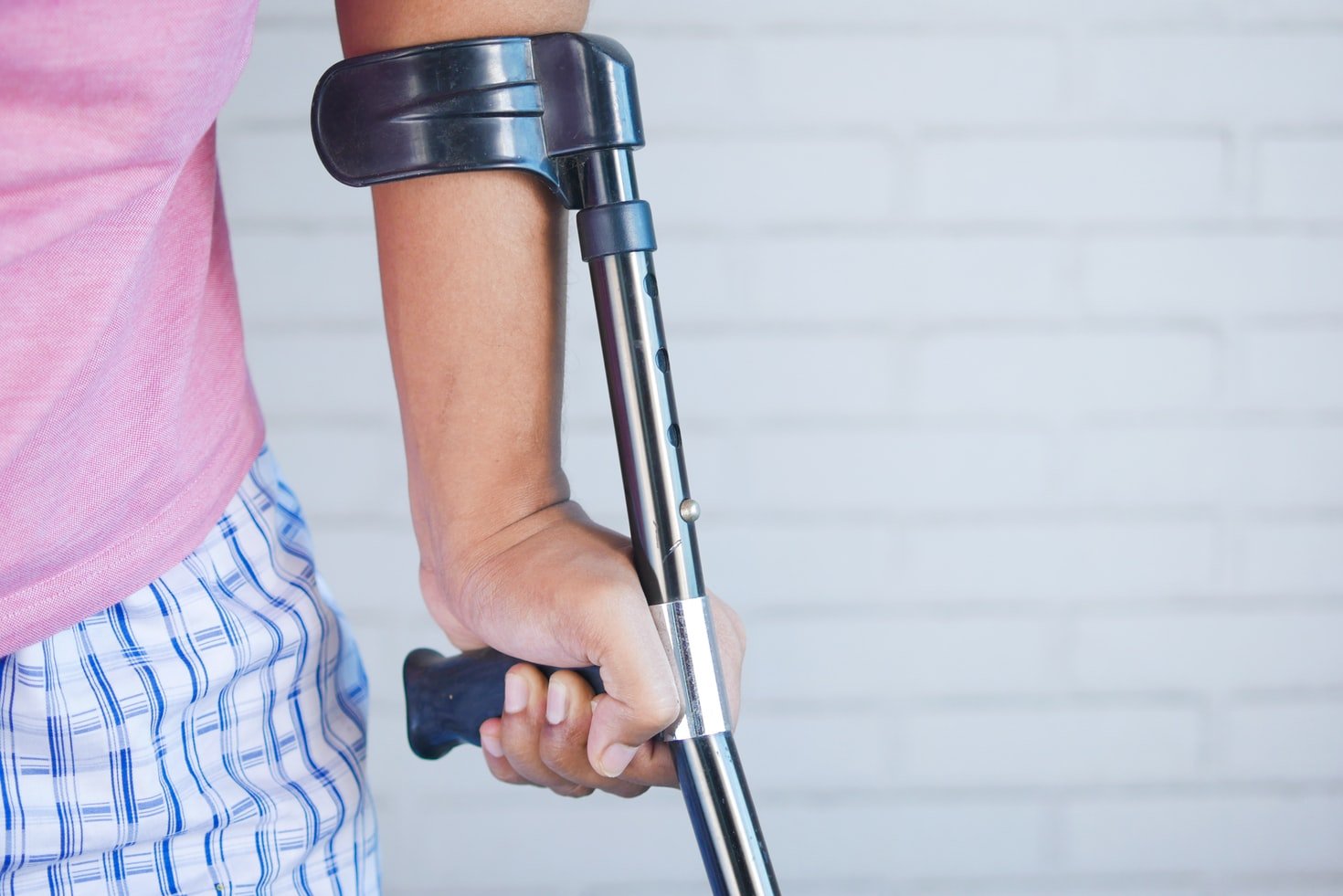
Apenas para fins ilustrativos. | Fonte: Unsplash
O dinheiro era curto, então Martin trabalhava depois da escola todos os dias e o dia todo aos sábados para sobreviver e ajudar a pagar os remédios da mãe. De vez em quando, ele tirava US$ 5 de suas economias e ia ao mercado de pulgas local para procurar fitas de música antigas dos anos 80 e 90.
Essas viagens mensais ao mercado de pulgas eram seu único prazer — seu único hobby. Naquele domingo, Martin estava se recuperando de uma semana particularmente difícil. Ele havia trabalhado duro, mas as contas médicas de sua mãe tinham chegado pelo correio.
O salário da semana não era suficiente para manter os lobos afastados para sempre, Martin sabia disso. Ele e a mãe tiveram uma discussão acalorada na noite de sábado. Ele queria largar a escola e trabalhar em tempo integral, mas a mãe discordou.
Esta manhã ele acordou cedo, fez o café da manhã para ela e então foi para o mercado de pulgas. Pelo menos por algumas horas, ele pararia de pensar em seus problemas.
Era uma manhã linda, então a feira estava cheia de pessoas vasculhando o lixo e os tesouros da vida de outras pessoas, e Martin foi até um vendedor em particular que ele conhecia bem.
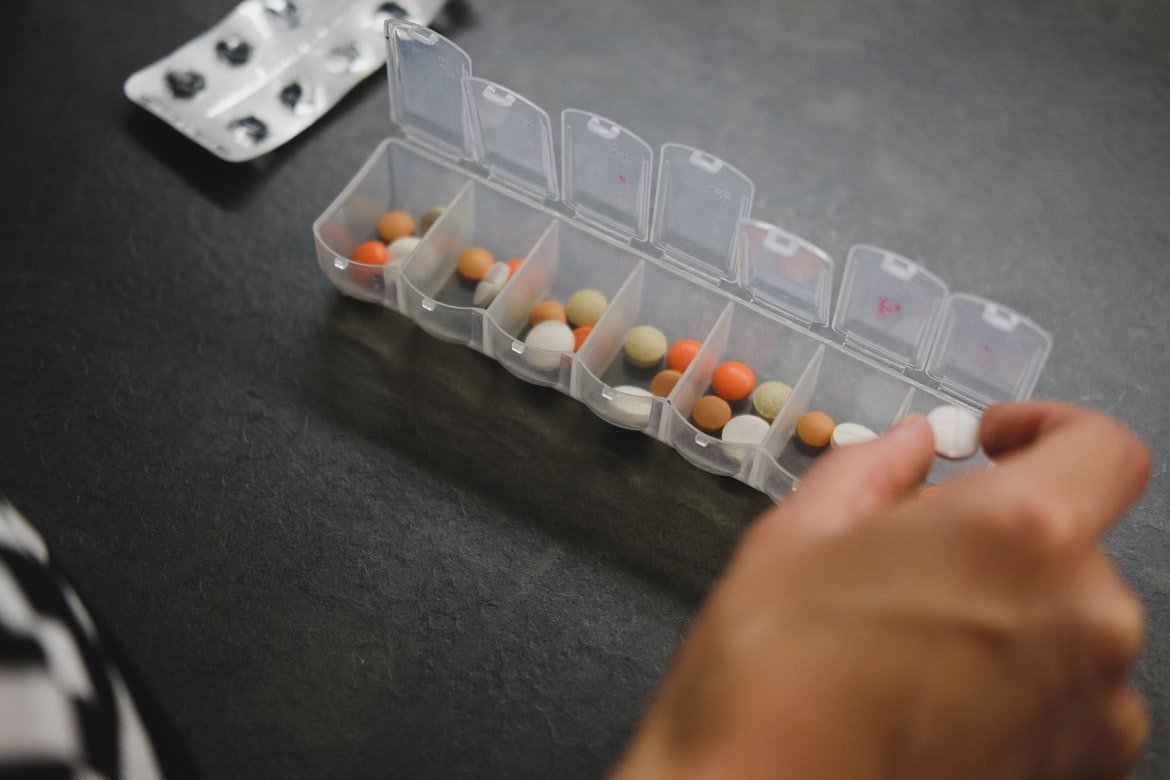
Apenas para fins ilustrativos. | Fonte: Unsplash
Ele estava de pé ao lado da mesa do homem, examinando um tesouro de fitas antigas quando um velho chegou e montou uma pilha de bolsas e malas velhas na porta ao lado. O homem imediatamente começou a anunciar seus produtos:
“Malas, bolsas e pastas!” ele gritou com sua velha voz rachada. “Cinco dólares cada, a melhor pechincha da sua vida!”
Uma mulher que passava parou, olhou e cheirou. “Tralha velha é o que você tem! Tem tanto mofo nessa mala que ela provavelmente vai se desfazer!”
“Vá em frente, moça!” o velho se virou. “Ajude um velho! Estou limpando meus velhos tesouros e com certeza posso usar o dinheiro! As coisas estão difíceis…”
Outro homem passou e cutucou uma maleta com o pé. “Velho, eu não daria nem um dólar por esse pedaço de lixo! Você não vai vender nada!”
Milagres acontecem onde e quando menos esperamos.
O velho balançou a cabeça. “Você está errado. A pessoa certa vai aparecer porque isso aqui é uma mala cheia de esperança”, ele disse. “Porque parece uma mala para você, mas eu prometo a você, é um sonho se tornando realidade!”
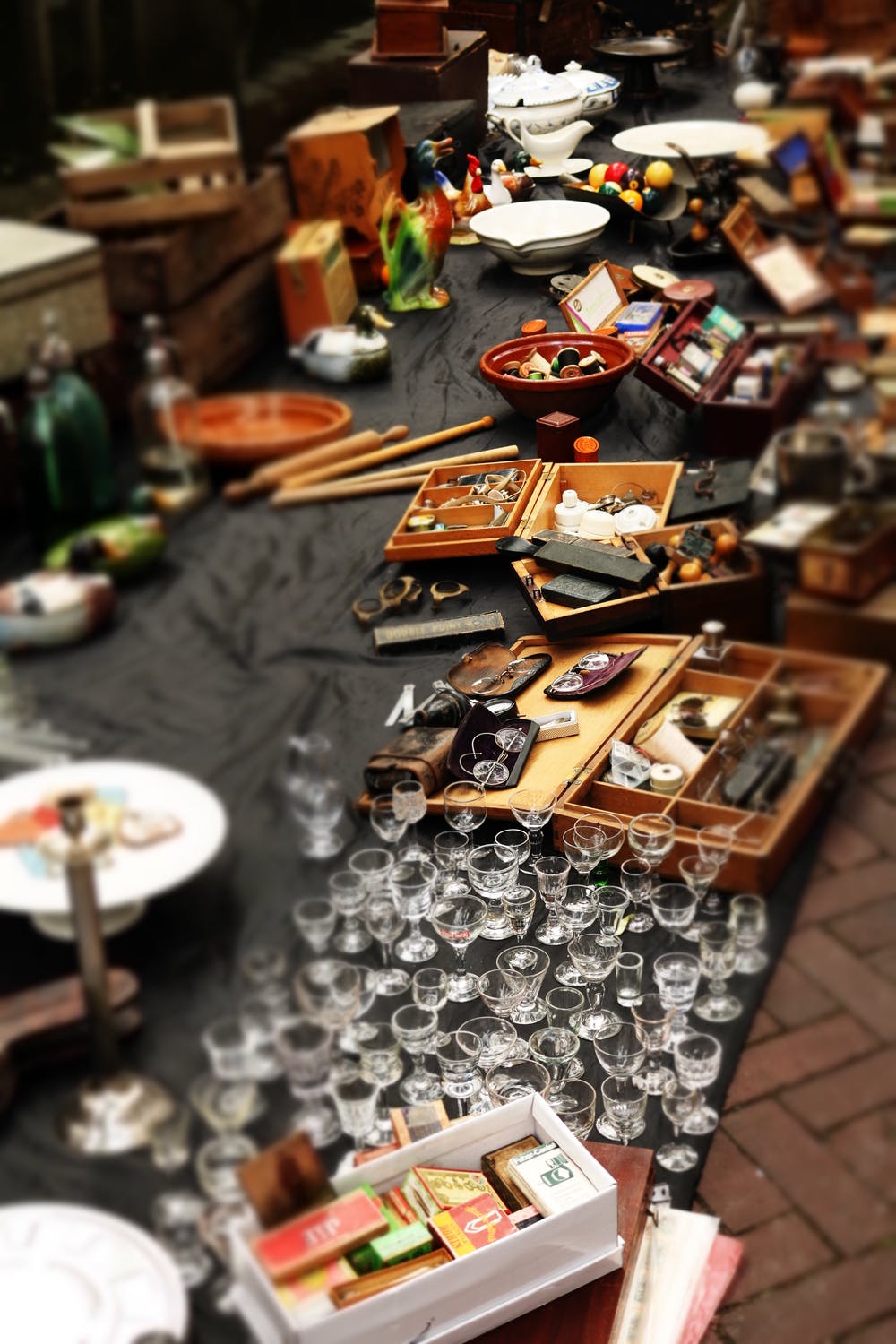
Apenas para fins ilustrativos. | Fonte: Pexels
Martin sorriu. Ele se virou para o homem e disse: “Eu poderia usar muita esperança agora mesmo! Quanto custa o sonho se tornando realidade?”
“Jovem”, disse o velho sorrindo alegremente. “Esta maravilha aqui é 100% couro legítimo, feita na década de 1930, e pode ser sua por apenas $5!”
Sorrindo, Martin pescou no bolso sua única nota de $5 e entregou ao homem. “Aqui está”, ele disse.
O homem estava sorrindo enormemente, e ele agarrou a mão de Martin. “Você é um garoto gentil”, ele disse. “E você merece o que está recebendo!”
Martin riu, pegou a velha mala que era muito mais pesada do que ele imaginava e acenou um adeus pesaroso para o músico. “Da próxima vez!”, ele prometeu e foi para casa almoçar.
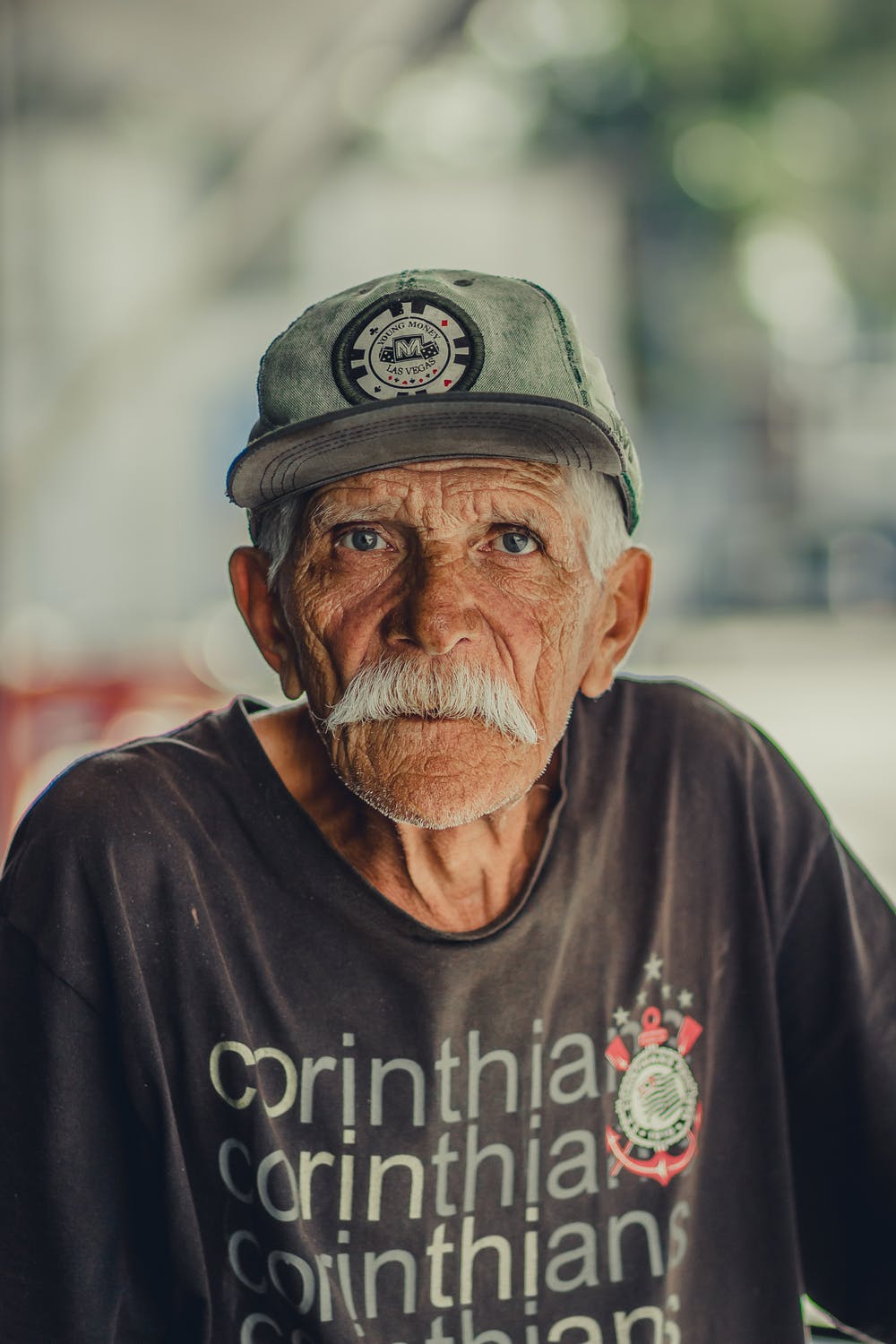
Apenas para fins ilustrativos. | Fonte: Pexels
Quando ele chegou em casa, sua mãe reclamou da mala imediatamente. “Martin! Você teve que comprar tralha? Já temos o suficiente disso! Coloque na garagem ou vai encher a casa de poeira!”
Martin obedientemente carregou a mala para a garagem. Ele estava prestes a colocá-la em cima de uma mesa velha quando mais uma vez percebeu o quão pesada ela era. Ele abriu a mala e ficou surpreso ao ver que ela estava cheia de pacotes embrulhados em jornal.
Curioso, ele rasgou o jornal e encontrou um maço de notas de $20! Rapidamente Martin desembrulhou os outros pacotes. Era tudo dinheiro! Milhares de dólares, centenas de milhares de dólares!
Martin gritou por sua mãe e ela veio correndo. Ela ficou sem palavras ao ver as pilhas de dinheiro. Ela não reclamou da poeira…
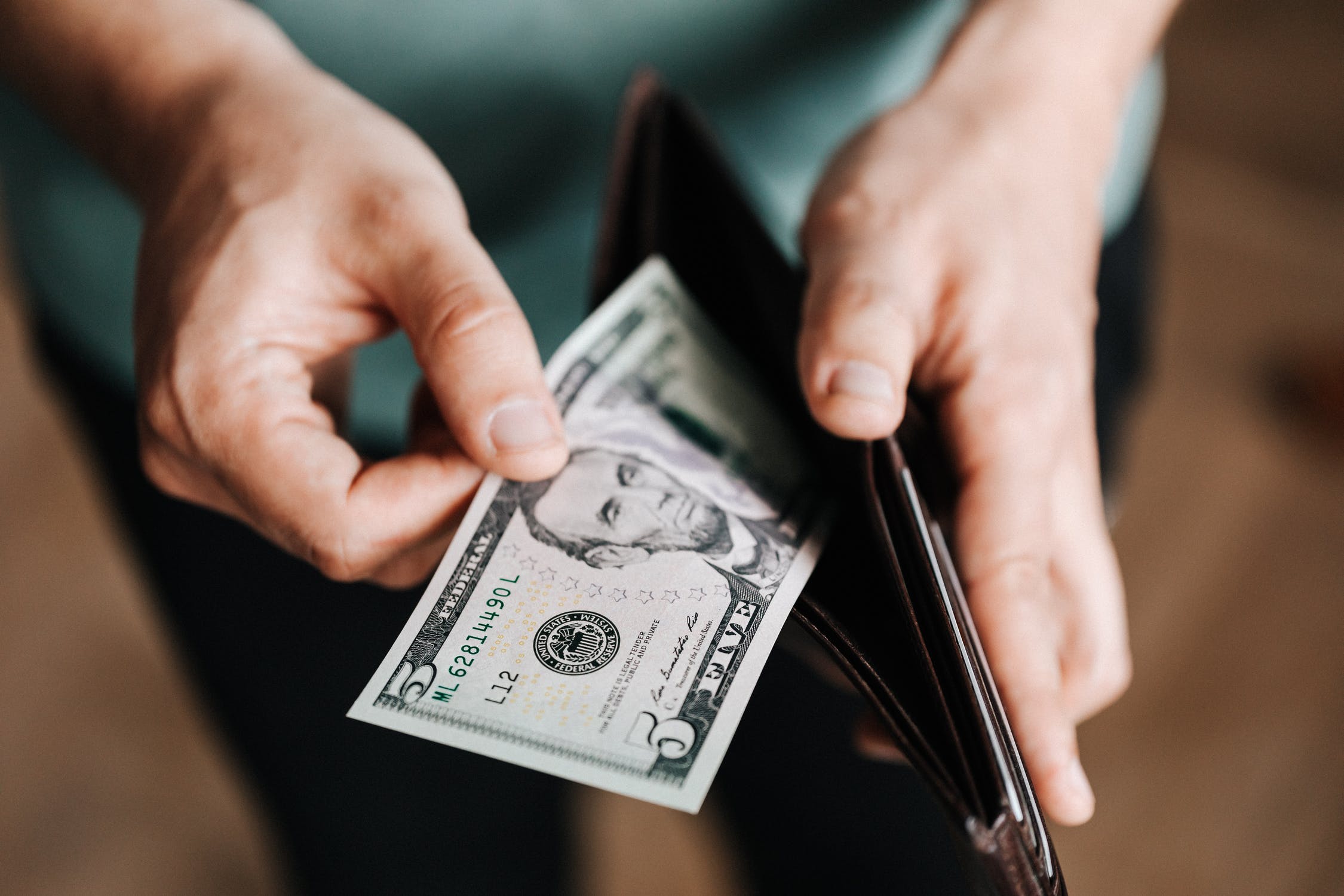
Apenas para fins ilustrativos. | Fonte: Pexels
Naquela noite, Martin e sua mãe contaram e recontaram o dinheiro. Havia $300.000! “Há o suficiente para as contas médicas e os medicamentos…” disse Martin.
“Ah, e para a faculdade”, disse a mãe de Martin. “E talvez então a gente pague a hipoteca…”
“Mas mãe”, Martin disse suavemente. “Não é nosso dinheiro. O homem me vendeu esta mala por cinco dólares e ele parecia muito pobre. Tenho certeza de que ele não sabia sobre o dinheiro.”
A Sra. Farmer cuidadosamente colocou todo o dinheiro de volta na mala velha. “Nesse caso, você tem que encontrá-lo, Martin”, ela disse. “E devolver tudo a ele.

Apenas para fins ilustrativos. | Fonte: Unsplash
Nas três semanas seguintes, Martin assombrou os mercados de rua e mercados de pulgas procurando pelo velho, mas ele não estava em lugar nenhum. Então, um dia, ele o viu em um ponto de ônibus, carregando outra mala velha.
“Espere!” Martin gritou. “Escute, você se lembra de mim? Você me vendeu uma mala velha? Eu tenho que devolvê-la para você!”
“Devolver?” perguntou o velho. “Eu não quero de volta!”
“Por favor, você não entende”, disse Martin. “A mala estava cheia de dinheiro, seu dinheiro!”
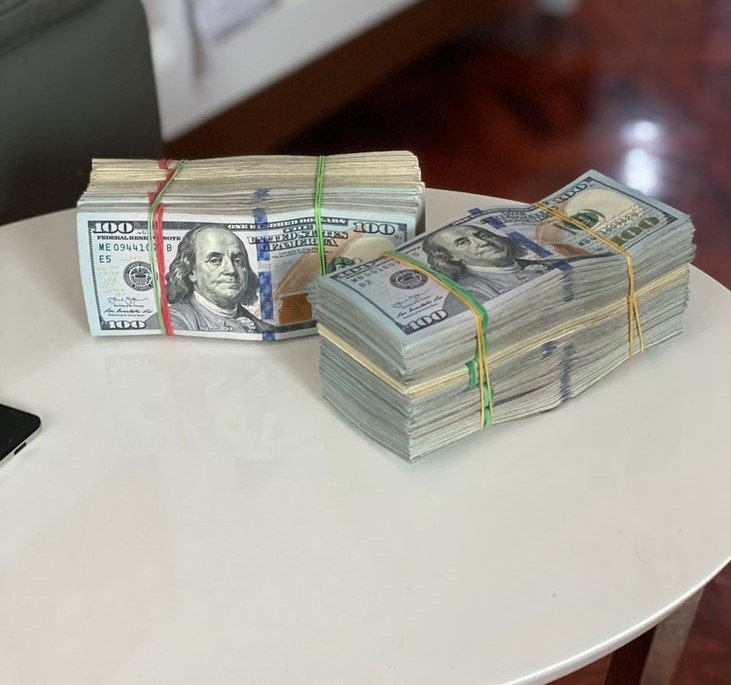
Apenas para fins ilustrativos. | Fonte: Pexels
O velho começou a rir. “Eu sei DISSO!” ele disse. “Você se lembra do que eu te disse? A mala estava cheia de esperança e sonhos se tornando realidade. É para isso que ela serve. Use-a bem.”
O velho se virou e começou a ir embora, mas Martin correu atrás dele. “Mas eu pensei que você fosse pobre!”
O homem sorriu. “Não, filho. Sou um homem que passou a vida inteira ganhando dinheiro e agora descubro que tenho mais do que qualquer um deveria ter. Então, dou para aqueles que são gentis o suficiente para ajudar os necessitados. E esse é você!”
Martin foi para casa e contou à mãe a história do velho. Eles decidiram usar o dinheiro para ajudá-la a melhorar e pagar a faculdade dele, e daquele dia em diante, eles incluíram o Suitcase Man em suas orações.
O que podemos aprender com essa história?
- Milagres são encontrados onde e quando menos esperamos. Martin e sua mãe estavam no fim da corda quando encontraram o dinheiro na mala.
- Atos de gentileza são sempre recompensados. Martin gastou seus preciosos $5 para ajudar um homem que ele achava que era mais pobre do que ele e recebeu um presente que fez seus sonhos se tornarem realidade.
Compartilhe esta história com seus amigos. Pode alegrar o dia deles e inspirá-los.

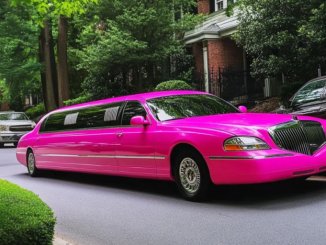
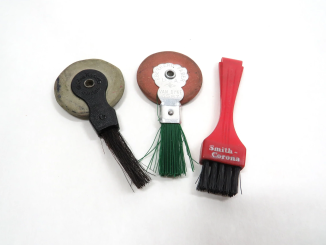
Leave a Reply